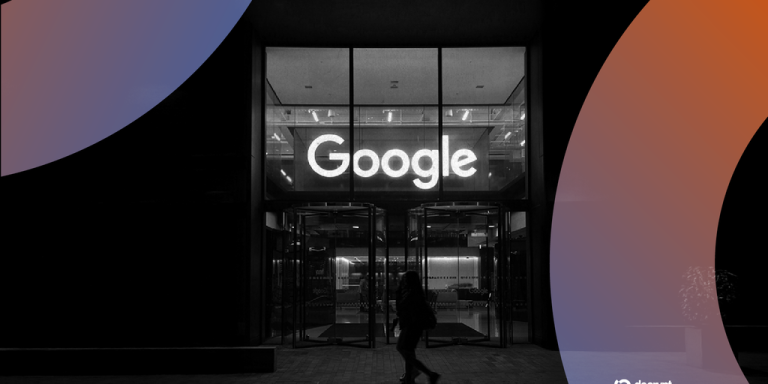
Smart Homes and Smart Living: The Technological Transformation of European Homes by 2025
Smart Homes and Smart Living is revolutionizing the way we live, work, and interact with our living spaces. As we approach 2025, European homes are undergoing a significant technological transformation, driven by advancements in artificial intelligence, Internet of Things (IoT), and data analytics. In this article, we will explore the current state of smart homes in Europe, the key trends and technologies driving this transformation, and the benefits and challenges associated with smart living.
Introduction to Smart Homes
A smart home is a residence that is equipped with advanced technologies and devices that can be controlled and monitored remotely, using a smartphone, tablet, or computer. These devices can include thermostats, lighting systems, security cameras, door locks, and home entertainment systems, among others. The primary goal of a smart home is to provide a convenient, comfortable, and secure living environment, while also reducing energy consumption and costs.
Current State of Smart Homes in Europe
According to a recent report, the European smart home market is expected to grow significantly by 2025, driven by increasing demand for energy efficiency, home security, and convenience. The report states that the market will reach a value of €23.4 billion by 2025, up from €6.3 billion in 2020. The UK, Germany, and France are expected to be the leading countries in the adoption of smart home technologies.
Key Trends and Technologies Driving Smart Homes
Several key trends and technologies are driving the growth of smart homes in Europe, including:
- Artificial Intelligence (AI): AI-powered devices and systems are being integrated into smart homes to provide advanced automation, voice control, and predictive maintenance.
- Internet of Things (IoT): IoT devices and sensors are being used to collect data on energy usage, temperature, humidity, and other environmental factors, enabling smart homes to optimize energy consumption and comfort.
- Data Analytics: Data analytics is being used to analyze data collected from IoT devices and sensors, providing insights on energy usage, occupancy patterns, and other factors that can inform smart home decisions.
- 5G Networks: The rollout of 5G networks is expected to enable faster, more reliable, and lower-latency communication between smart home devices, enabling more seamless and efficient smart home experiences.
Benefits of Smart Homes
The benefits of smart homes are numerous, including:
- Energy Efficiency: Smart homes can optimize energy consumption, reducing energy waste and costs.
- Convenience: Smart homes provide a convenient and comfortable living environment, with automated lighting, temperature, and security systems.
- Security: Smart homes can provide advanced security features, including door locks, security cameras, and motion sensors.
- Improved Health and Wellbeing: Smart homes can provide a healthier and more comfortable living environment, with advanced air purification, temperature control, and lighting systems.
Challenges and Limitations of Smart Homes
While smart homes offer many benefits, there are also challenges and limitations to consider, including:
- High Upfront Costs: The cost of installing smart home devices and systems can be high, making it inaccessible to many consumers.
- Interoperability Issues: Different smart home devices and systems may not be compatible, making it difficult to integrate and control multiple devices.
- Security Risks: Smart homes can be vulnerable to cyber-attacks and data breaches, compromising consumer data and security.
- Dependence on Technology: Smart homes can be dependent on technology, which can be unreliable and prone to failures.
Conclusion
In conclusion, smart homes and smart living are transforming the way we live, work, and interact with our living spaces in Europe. While there are challenges and limitations to consider, the benefits of smart homes, including energy efficiency, convenience, security, and improved health and wellbeing, make it an attractive and desirable option for many consumers. As we approach 2025, it is expected that smart homes will become increasingly prevalent, driven by advancements in AI, IoT, and data analytics.






